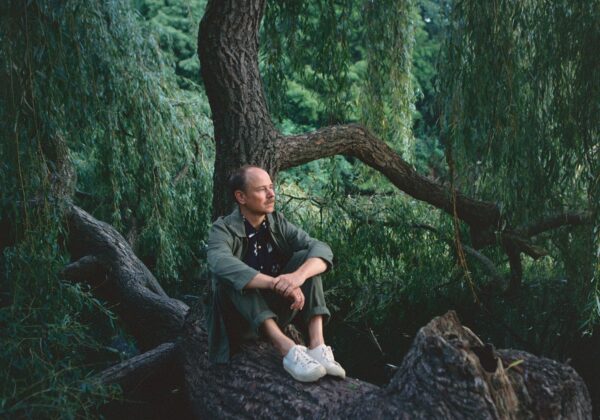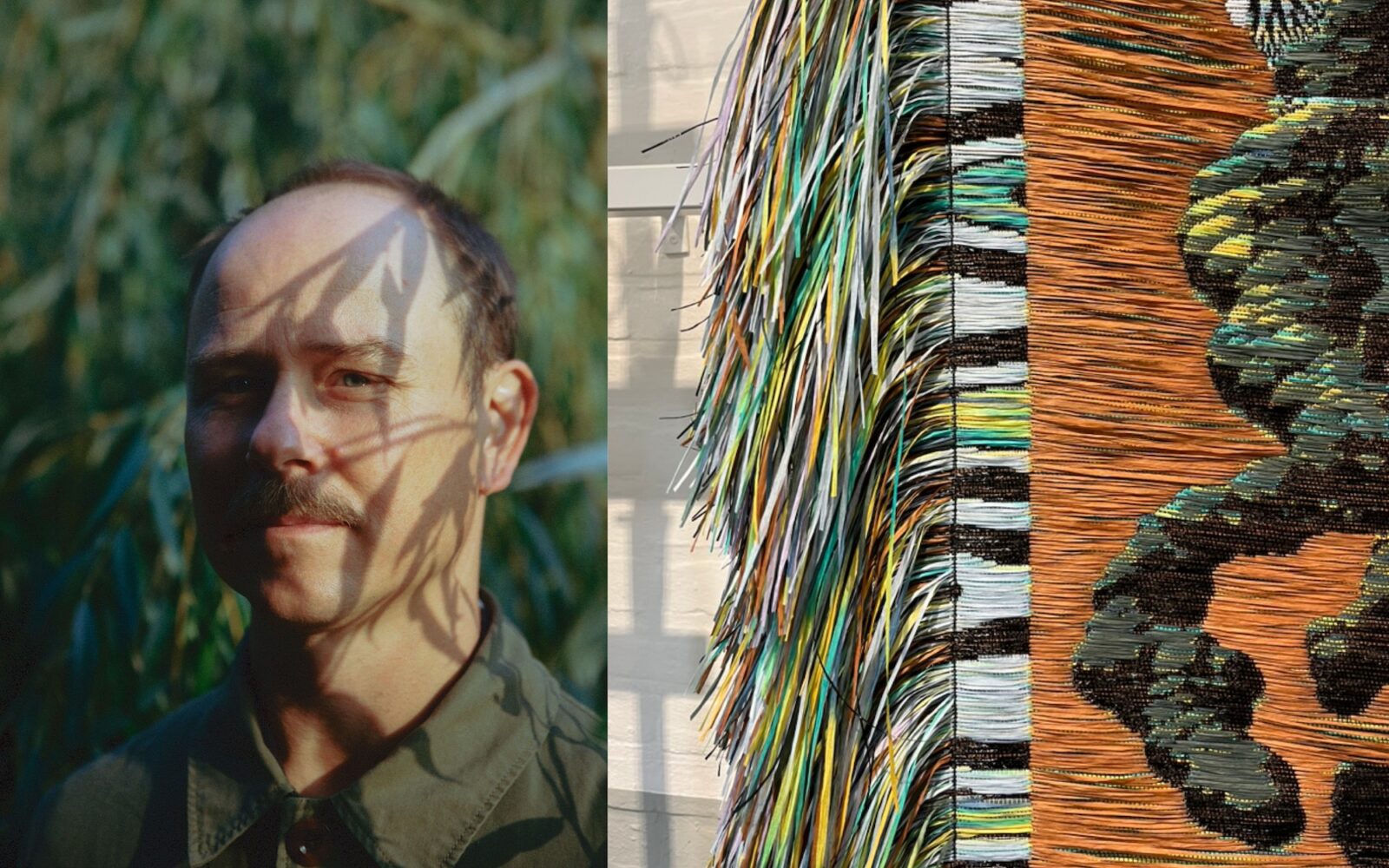Exhibition from 7 November 2025 to 21 February 2026
Inauguration on Thursday 6 November 2025 from 6pm to 8pm
Institut finlandais is proud to present Roots, an exhibition by renowned Finnish visual artist Kustaa Saksi from 7 November 2025 to 21 February 2026. The artist works at the intersection of contemporary art and design, exploring themes of abstraction, nature and altered perception. The exhibition is part of Institut finlandais’ upcoming program A season in dialogue with Pekka Halonen, in parallel with Petit Palais’ exhibition Pekka Halonen, An ode to Finland. Inspired by the celebrated painter, Saksi imagined a monumental work for Institut finlandais.
Kustaa Saksi’s large-scale installation, created using jacquard weaving techniques and delicate Japanese washi paper yarns, depicts a gnarled pine tree torn from the earth and suspended in mid-air, spanning 15 meters in length. Floating like an organic creature, it dominates the space with snow-covered branches and exposed roots forming a fractal-like structure where abstract and figurative elements intertwine. The tree evokes an expressive interpretation of the käkkärämänty — a twisted, stunted pine shaped by harsh conditions, at once fragile and resilient. It becomes a symbol of the human relationship with forests, identity, and mental health.
Rooted in personal memory, the piece draws on Saksi’s childhood summers spent among wind-bent pines on the islands of the eastern Gulf of Finland. These trees serve as both inspiration and metaphor, linking the artist’s past to broader cultural and ecological narratives.
In Finnish folk tradition, trees have long held sacred significance as symbols of the connection between humans and nature. The mythic Tree of Life — a cosmic tree linking the sky, the earth, and the underworld through its roots — has served as a conceptual framework for understanding existence. In Saksi’s interpretation, the tree no longer grows upwards from the ground; it is uprooted, suspended, yet still alive — like a reversed cosmos or a reflection of the subconscious.
As a Finnish artist who has lived abroad in France and the Netherlands for over two decades, Saksi infuses the work with a deeply personal sense of dislocation and the search for belonging. This emotional undercurrent resonates with the legacy of painter Pekka Halonen, known for his serene depictions of Nordic nature and admiration for Japanese aesthetics. Halonen and Saksi share not only a fascination with the käkkärämänty, but also a cultural dialogue that bridges Finland and Japan — reinforced here through the use of washi yarns, which act as a material as well as a metaphorical connection.
The installation comments on the human disconnection from nature: the tree has been torn away, but it remains present. It reflects nature’s vulnerability and its power to reclaim space. Snow-laden branches and fractal geometry allude to nature’s complexity, while the exposed roots suggest a severed connection—echoing both environmental estrangement and the artist’s personal journey of seeking roots. The theme of mental health emerges in this tension: the tree is simultaneously strong and fragile, like the human mind striving to find its place in the world.
Saksi and Halonen intersect not only through the twisted pine, but through their respective ways of addressing identity. While Halonen’s tranquil landscapes reflect a sense of rootedness and national identity, Saksi’s monumental, space-filling installation offers a contemporary counterpoint — a visual meditation on uprootedness and the search for home. The work asks: what does it mean to belong — to a forest, a culture, or one’s own sense of self?

Kustaa Saksi (b. 1975, Kouvola, Finland) is a Finnish multidisciplinary artist based in Amsterdam,
the Netherlands. Working at the intersection of contemporary art and design, Saksi explores themes of abstraction, nature, and altered perception. His practice is characterised by a fusion of organic forms, intricate textures, vibrant colour palettes, and innovative materials, resulting in immersive visual environments that blur the boundaries between image, object, and atmosphere.
